|
|
Dominica - a small island nation sandwiched between its better known French cousins Martinique and Guadeloupe - is the most rugged of the West Indies outcroppings. Legend has it that when the King and Queen of Spain asked Christopher Columbus to describe Dominica, he crumpled up a piece of paper and tossed it on a table and stated, “That, is Dominica”. I first visited Dominica seven years ago with my brother, and again several weeks later during a semester at sea with my college. These visits took me to several waterfalls, the infamous - and ominous sounding Valley of Desolation - and the Boiling Lake, the second largest in the world. On my third trip to this lush and luxurious island I was determined to document its beauty through my lens.
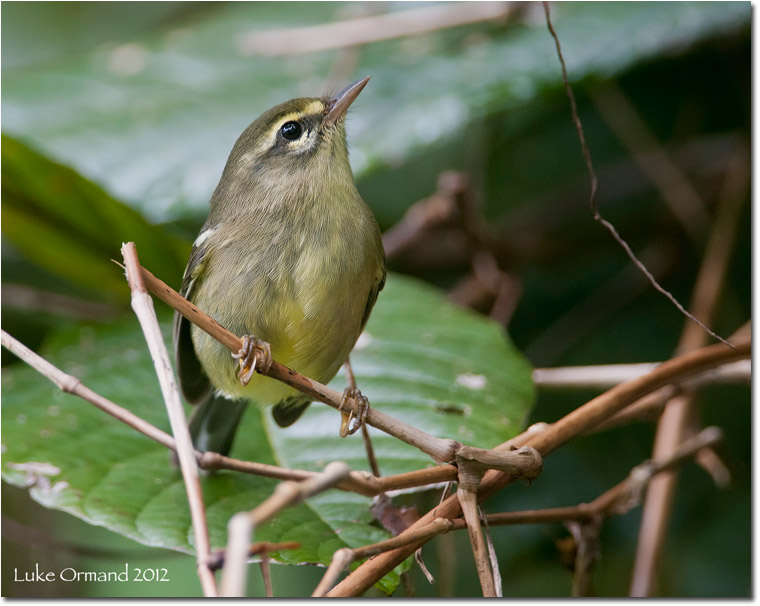
My backpack was barely able to close as I packed for my journey - it held my Nikon D300s body, 300mm f4 Lens, 18-200mm VR Lens and 105mm VR micro lens. It also held the bag’s newest addition, the Nikon V1 along with two zoom lenses (the 10-30mm and the 30-110mm) and the adapter to allow me to use my DSLR lenses on the V1 body. Lastly, I found room for the Nikon Coolpix 100AW which would allow me to photograph underwater without the expense and lack of portability of a traditional housing for my DSLR. I would be staying at a new eco-resort just outside of Portsmouth on Prince Rupert Bay called Secret Bay. The “Secret” was a small cove to the west of the property which held a secluded smooth white sand beach (a true rarity on the volcanic island of Dominica), easily accessible coral reef and a sea-cave which could only be reached through an underwater passage.

The green cliff sides of the resort were teeming with life - Lesser Antillean Crested Hummingbirds and Bullfinches made their rounds throughout the day, Bananaquits and Yellow Warblers offered flashes of color against the vibrant green palette of Dominica. The rough and rugged grounds were filled with scurrying Dominican Ground Lizards, Anoles, snakes and land crabs, including tiny hermit crabs dwarfed by some spiders. The most notable resident, however, was the Lesser Antillean Iguana. These big, long toed and tailed Iguanas are listed as “endangered” on the IUCN red-list due to habitat loss, hunting and hybridization with the common Green Iguana that has made its way to some of the islands in the Lesser Antilles (such as Guadeloupe to the north). Fortunately the jurassic looking relics are quite numerous in the coastal areas of Dominica and are not subject to the same pressures which are found on other Lesser Antilles islands. Secret Bay’s waters and rocky coastline provided a constant flow of plunging Pelicans, calling Terns, and stalking Green and Yellow-crowned Night Herons.
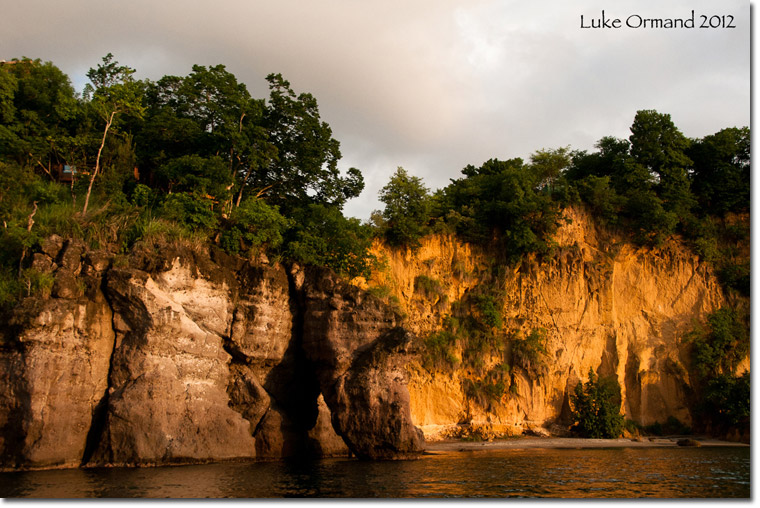
On days with little wind an ocean kayak in Prince Rupert Bay was almost as good as snorkel gear thanks to the unbelievably clear sea. Snorkeling off the beaches revealed large sea fans (a type of coral), anemones, tube worms, wrasses, butterflyfish, angelfish, and what seemed like an eel in every crevice. The colors of the undersea life matched that of the frequent rainbows that appeared above water after intense downpours. Photographing and filming the underwater life was a joy and a challenge. While my equipment was amateur at best with a lagging shutter and no control over the settings, the fast fish made for fun subjects. Schools of fish larger than I’d ever seen before streamed passed in a never-ending conga line, narrowly avoiding the big white awkward floating creature; it is truly a sight to see and experience.

Back above the Caribbean, we scheduled a tour of the famed Indian River in nearby Portsmouth. After a quick and intense rainstorm blew through, we boarded a wooden boat captained by a local named “Fire” who took us up the river. The Dominican government, in its efforts to preserve the natural beauty of their island, require that all boats be paddled when in the river. As Fire slowly dipped the worn wooden paddles in the coffee-and-cream colored waters we sat in awe of the mangrove trees rimming the river’s edge. The shoreline and overhanging branches were filled with life - big white crabs with intimidating claws lined muddy banks while Green Herons and Ringed Kingfishers stalked the waters for fish with various species of flycatcher hawking insects above. Fire knew every flower, tree, shrub and animal we saw and was happy to share his knowledge and passion for the place he calls home.
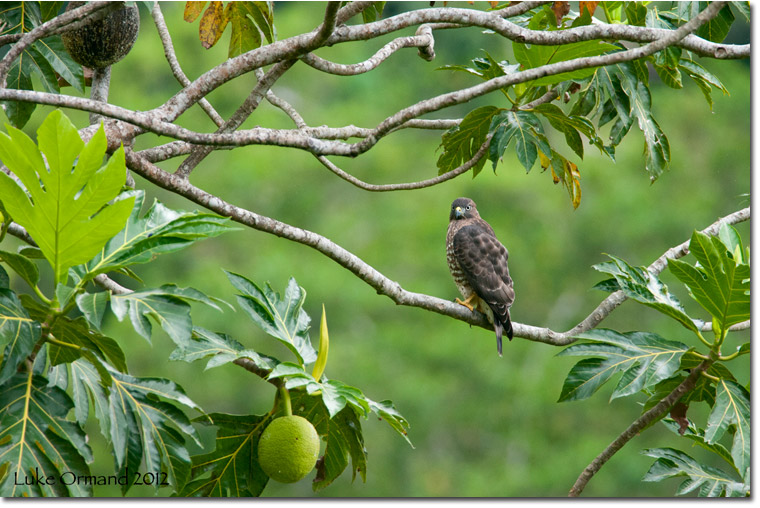
Our next trip into the dense rainforest was with "Dr. Birdy" - an employee of the countries Wildlife and Forestry Division who does birding trips on the side - is extremely knowledgeable and enthusiastic (rain or shine). He took us into the Morne Diablotin National Park at the base of Morne Diablotin Mountain and to Syndicate Falls. The hike to Syndicate Falls offered incredibly close views of the Plumbeous Warbler which can only be found on Dominica and in Guadeloupe and Dr. Birdy aptly found a Broad-winged Hawk in a Breadfruit Tree at the cusp of the Mountain valley on the other side of the trail - something I would have easily missed. After a brief hike to a towering waterfall in the dense jungle, we headed off toward the fruit plantations where parrots come to feed.
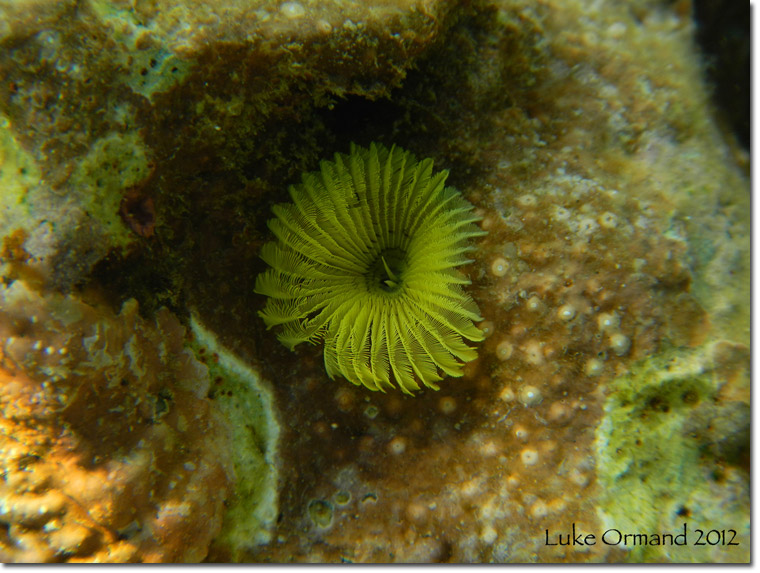
As we wound our way up the narrow mountain road, we were warned that seeing the rarest of the two species (the Sisserou) was unlikely - especially as the rain began to fall but that there was a chance of seeing the Jaco Parrot. After an extremely wet walk along the trails of the park where we saw a soaked Brown Trembler, we drove toward the Nature Center with the skies clearing. The car came to an abrupt halt and Dr. Birdy excitedly jumped out and pointed toward a treetop in the distance where a Jaco Parrot sat - piercing the damp air with its call. Across a farm field on the other side of the road our guide found two more Parrots in his scope - along with a Grey Kingbird. Down the road at the Nature Center, two more parrots flew overhead toward their roosts, calling all the way. On the drive down from the mountain, a Red-legged Thrush teased us from the roadside - giving us brief backlit glances as it hopped around on its bright red legs. The sunset over the Caribbean Sea was one of the most intense and beautiful I’ve ever seen - with mountain mist hanging in the air, the sun a burning orange and red ball of fire, the perfect end to the day.
The final day of excursions took us to several different waterfalls that I had yet to visit on my prior trips. After a difficult and sometimes wet 45 minute hike, we reached the first waterfall of the day known as Middleham Falls. Tall and fast flowing, this waterfall empties into a small pool and then continues on as a fast moving stream through the rainforest - the wooden platform at the base of the falls was the perfect spot to grab some photos and feel the mist and wind created by the powerful surge of water. Our second stop was Trafalgar Falls which is actually a two-for-one. A very brief hike from the visitors center leads you to a platform offering views of the “mother falls” and “father falls” with the mother falls being warmed from sulfuric vents and the father falls being cool spring and rainwater. Our last visit of the day was the most spectacular site and a place that everyone should experience. Emerald Pool is located near the middle of the small country and has the feel of a private grotto tucked away deep in a billionaires estate. A punchbowl of emerald colored water with vibrant green sides, this site has a short waterfall that you can swim up to and rest under when it’s not too powerful. Photographic opportunities are everywhere and aside from the waterfall, pool and varied vegetation, a small stream at the base of the pool featured several fish including the incredibly colored sirajo goby. This site is quintessential Dominica.
After all the sites I’ve traveled to; all the waterfalls I’ve been sprayed by, all the birds I’ve seen and heard, all the trails hiked up and down on my three visits to this idyllic country there is still so much to see. Champagne reef, which features natural bubbles seeping up from the seafloor among coral and fish is atop my list, followed closely by a climb to the tallest peak - Morne Diablotins at nearly 5,000 feet. Another visit to the Boiling Lake (since the first time it wasn’t boiling) is in order, followed by whale watching (since whales are present year-round) and viewing nesting sea turtles (three separate species breed on the black shores of Dominica). Even after I have done all of these things, there will be a never ending list of items to check off - Dominica, small as it may be, can never fully be explored but I encourage everyone to try. The Nature Island lives up to its name and the incredibly friendly and helpful nature of the locals make this a destination for everyone to see.
Luke Ormand - NPN 4401
|
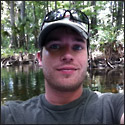 Luke Ormand is a freelance wildlife and nature photographer based on the East End of Long Island, New York. His day job as an environmental analyst for local government helps fulfill his desires to protect what's left and work on habitat preservation and restoration. Though he only been into photography for a few years, he has had works published locally and nationally and was All About Birds featured photographer for February 2011. Luke runs a photoblog which can be viewed at www.birdsoflongisland.blogspot.com.
Luke Ormand is a freelance wildlife and nature photographer based on the East End of Long Island, New York. His day job as an environmental analyst for local government helps fulfill his desires to protect what's left and work on habitat preservation and restoration. Though he only been into photography for a few years, he has had works published locally and nationally and was All About Birds featured photographer for February 2011. Luke runs a photoblog which can be viewed at www.birdsoflongisland.blogspot.com.